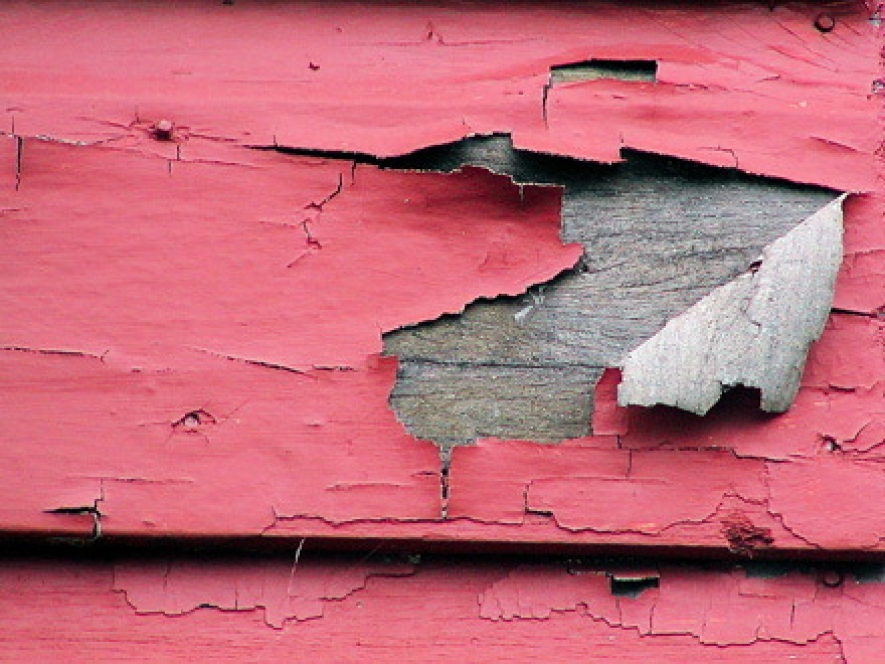Lead dust is the most common source of lead exposure. Young children absorb lead more readily than adults and their growing bodies and brains are very sensitive to its effects. It can lead to brain development retardation.
A recent study published by the Centre for Environmental Justice (CEJ) has said that samples of dust collected from several schools, had contained lead exceeding the tolerance levels. The study said that scrapings of leaded paint could contain upto 600 micrograms per square foot of the toxic dust. According to the study, a significant proportion of paints used in Sri Lanka contain lead with one-fourth having dangerously high levels.
Informed sources said the Government Gazette in August this year had called upon paint manufacturers and traders in the building industry to print legibly the total lead content used in each pack of containers by September this year. Regulatory limits for different types of paints were also specified in the Gazette notice. (ST/KH)



















